 Previous Day |
Brentwood, TN → Nashville, TN 25.8 mi (41.5 km) |
 A Bit Later |
Get out your guitars, everyone!
After yesterday’s far-flung adventure, I’m back in Nashville, Tennessee and ready to explore the Music City! Of course, the Volunteer State’s famous capital had plenty of unique sites to explore on my way into the heart of history, starting with the Parthenon!
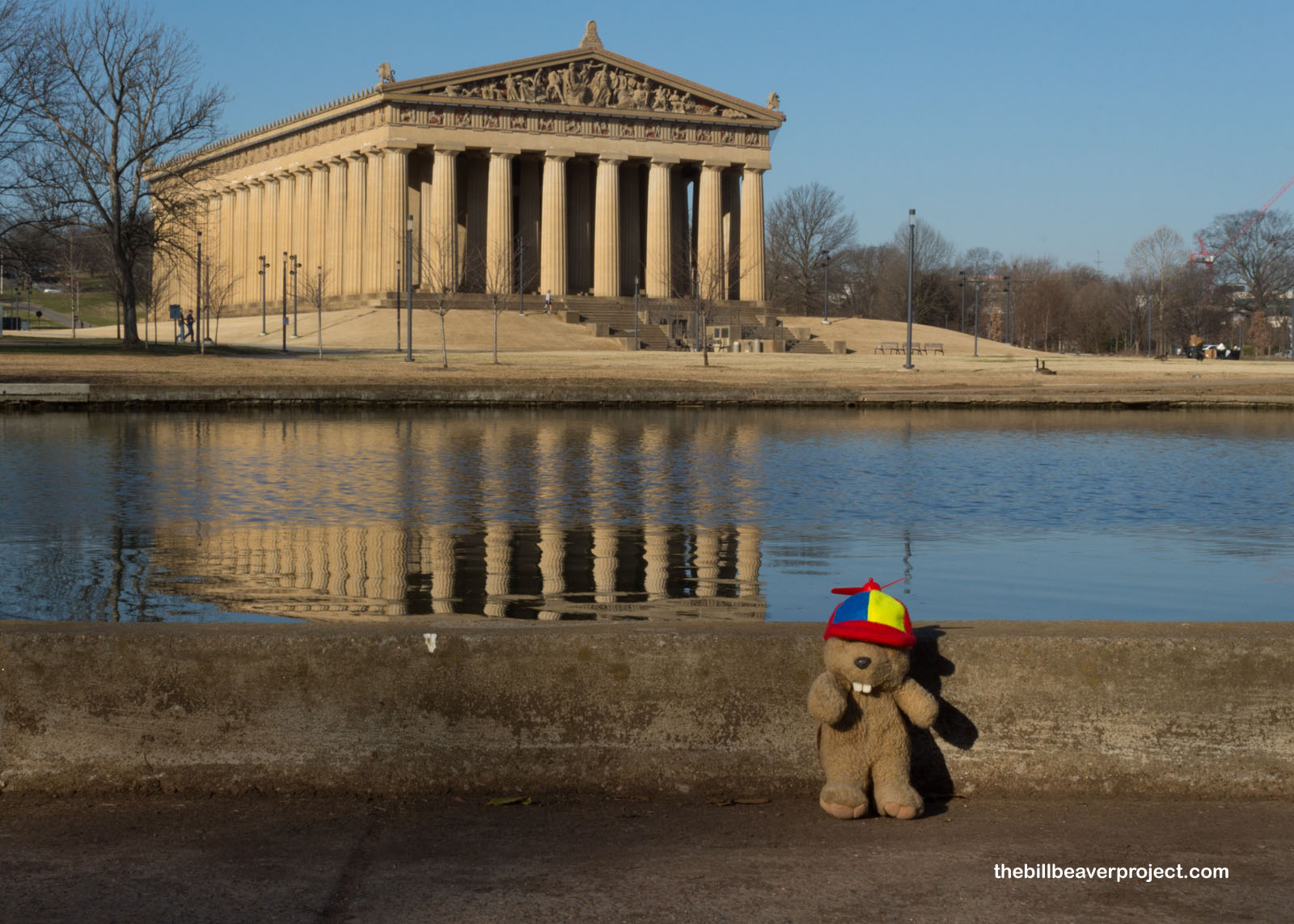 |
Situated in Centennial Park, this is the world’s only full-sized replica of the Parthenon of Athens, equipped with a huge, 42-foot statue of Athena! So why the heck would there be a Parthenon in Nashville? Well, starting in the 1820s, Nashville got compared to Athens because of its devotion to higher education and abundance of Greek Revival style architecture! When the city’s centennial exposition rolled around in 1896, it made sense to mark the occasion with a great Greek monument! While the first structure (made of wood and plaster) fell apart over the years, it was remade in 1920 out of concrete mixed with quartz and today serves as an art gallery!
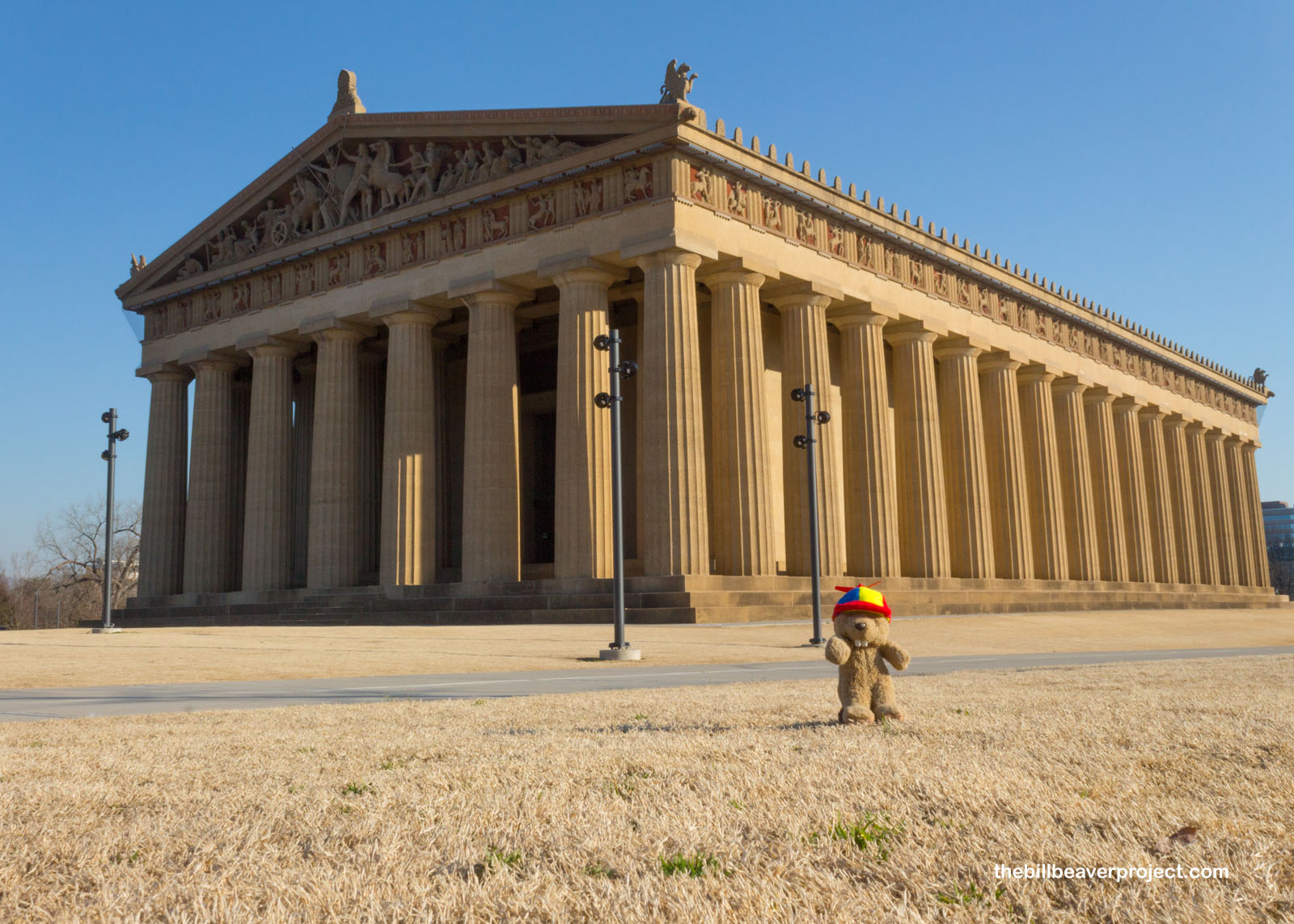 |
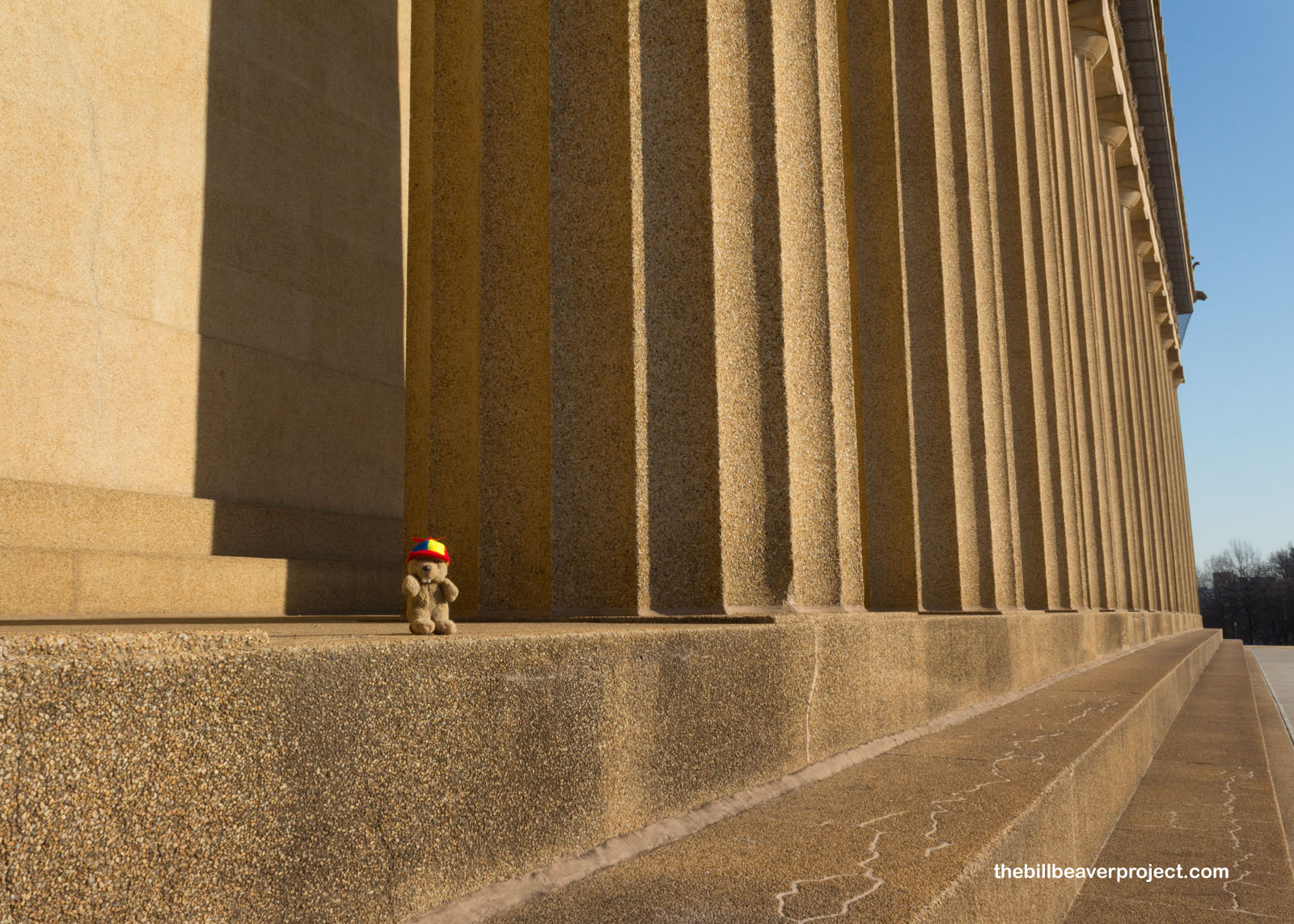 |
An obelisk near the Parthenon commemorated Nashville’s founder, James Robertson, who led 200 settlers here on November 1, 1779! He’d set this up as a frontier fort and named it Fort Nashborough after General Francis Nash, who had been killed in the Battle of Germantown only two years prior. It grew really quickly and was incorporated as the city of Nashville in 1806!
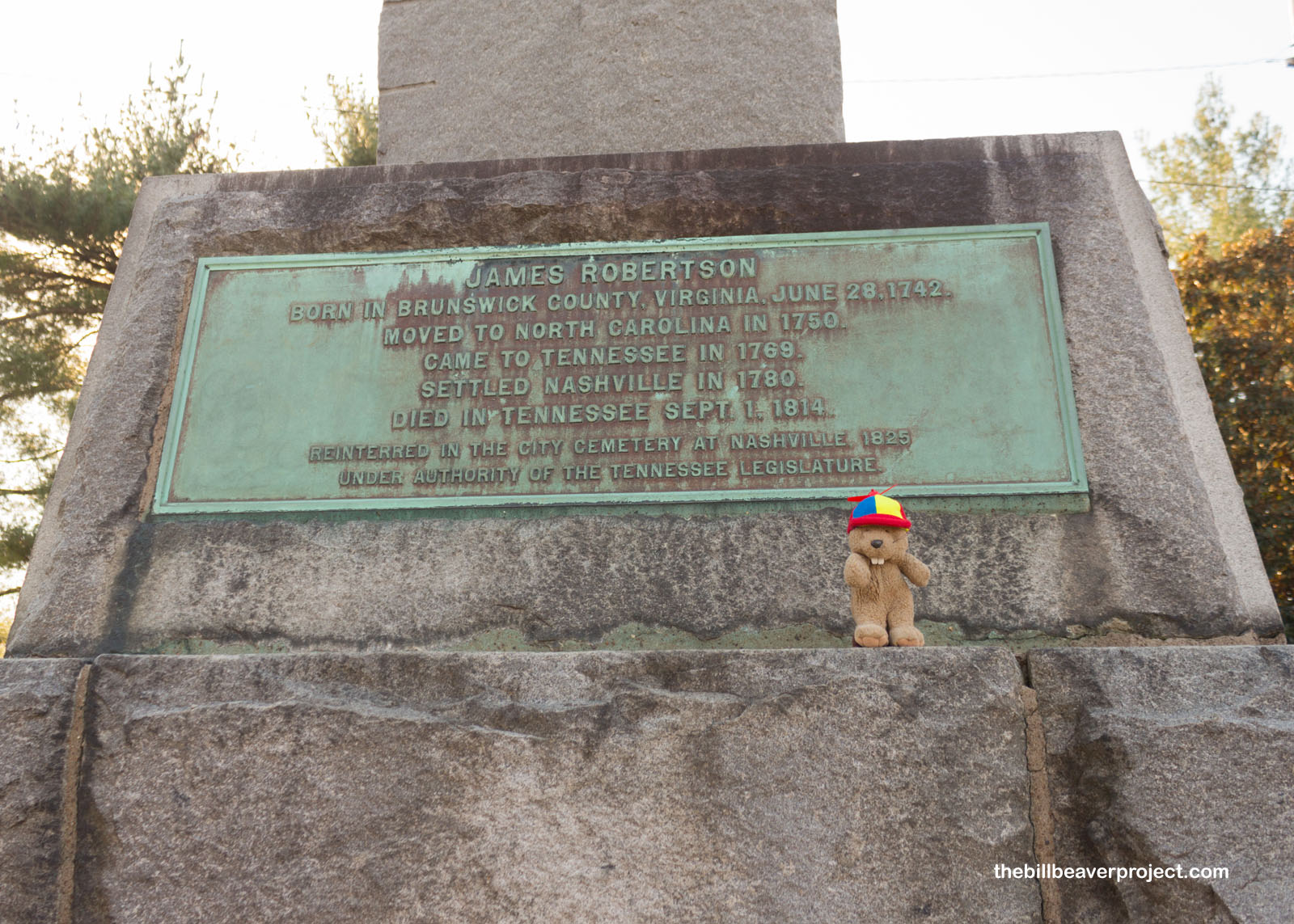 |
And before I left the park, I learned another critical fact about Nashville! It was the deciding state in the ratification of the 19th Amendment (you know, the one that gave women the right to vote)! A monument by Alan LeQuire commemorates five power players in the movement: Abby Crawford Milton, president of the Tennessee Equal Suffrage Association and champion for Great Smoky Mountains National Park; Anne Dallas Dudley, founder of the Nashville Equal Suffrage League and leader of the Nashville campaign; J. Frankie Pierce, organizer for both women’s rights and civil rights; Sue Shelton White, the only Tennessee suffragist to be jailed for her work (burning a photo of Woodrow Wilson outside the White House); and lastly, Carrie Chapman Catt, founder the League of Women Voters and the International Woman Suffrage Alliance! For a city nicknamed for a goddess, it sure produced some warrior women!
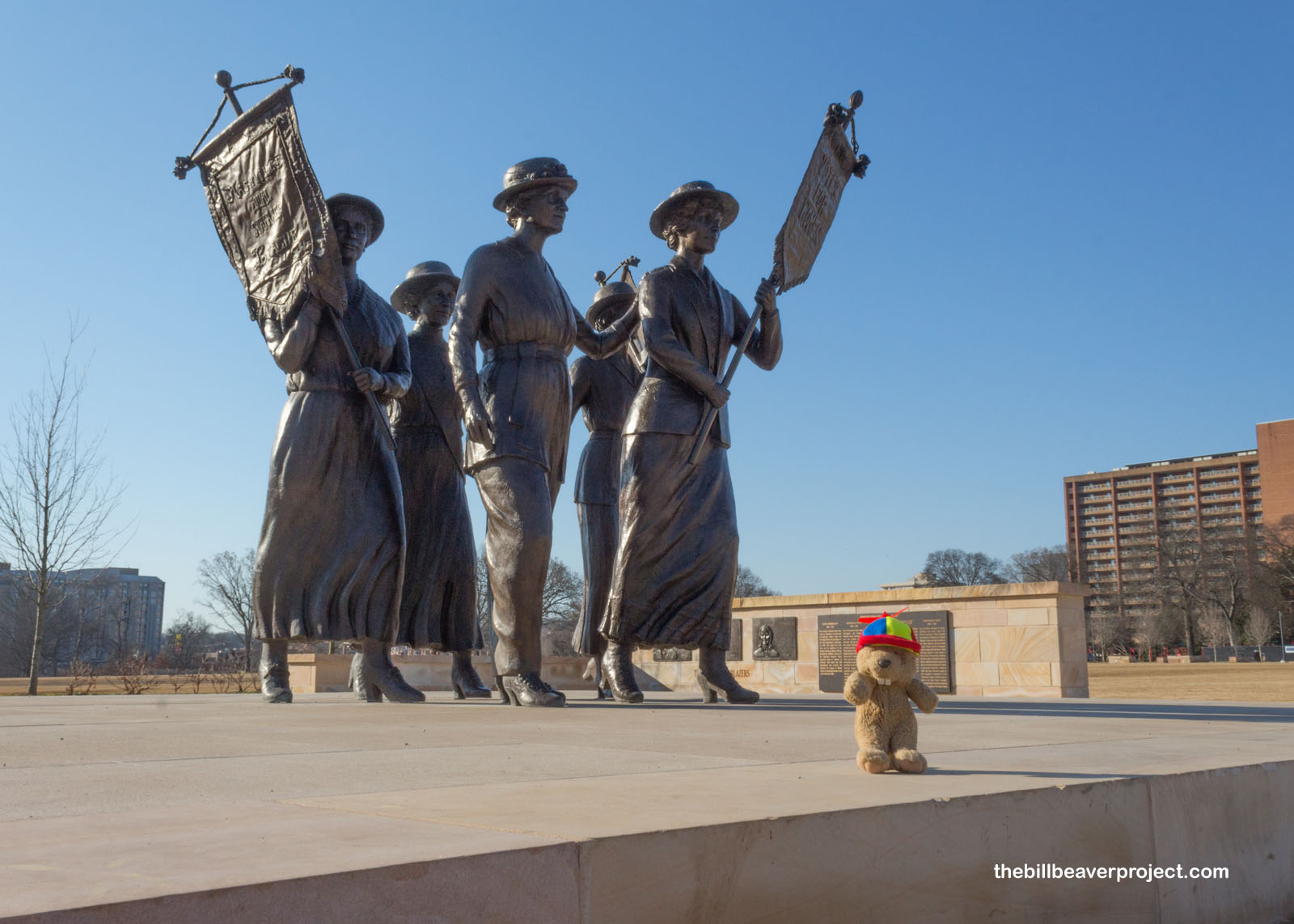 |
Today, Nashville mostly goes by a different nickname, best illustrated by another sculpture by Alan LeQuire! Musica celebrates Nashville’s transformation into the Music City during the 1950s, when it developed its own unique “Nashville Sound,” a crossover between pop and country!
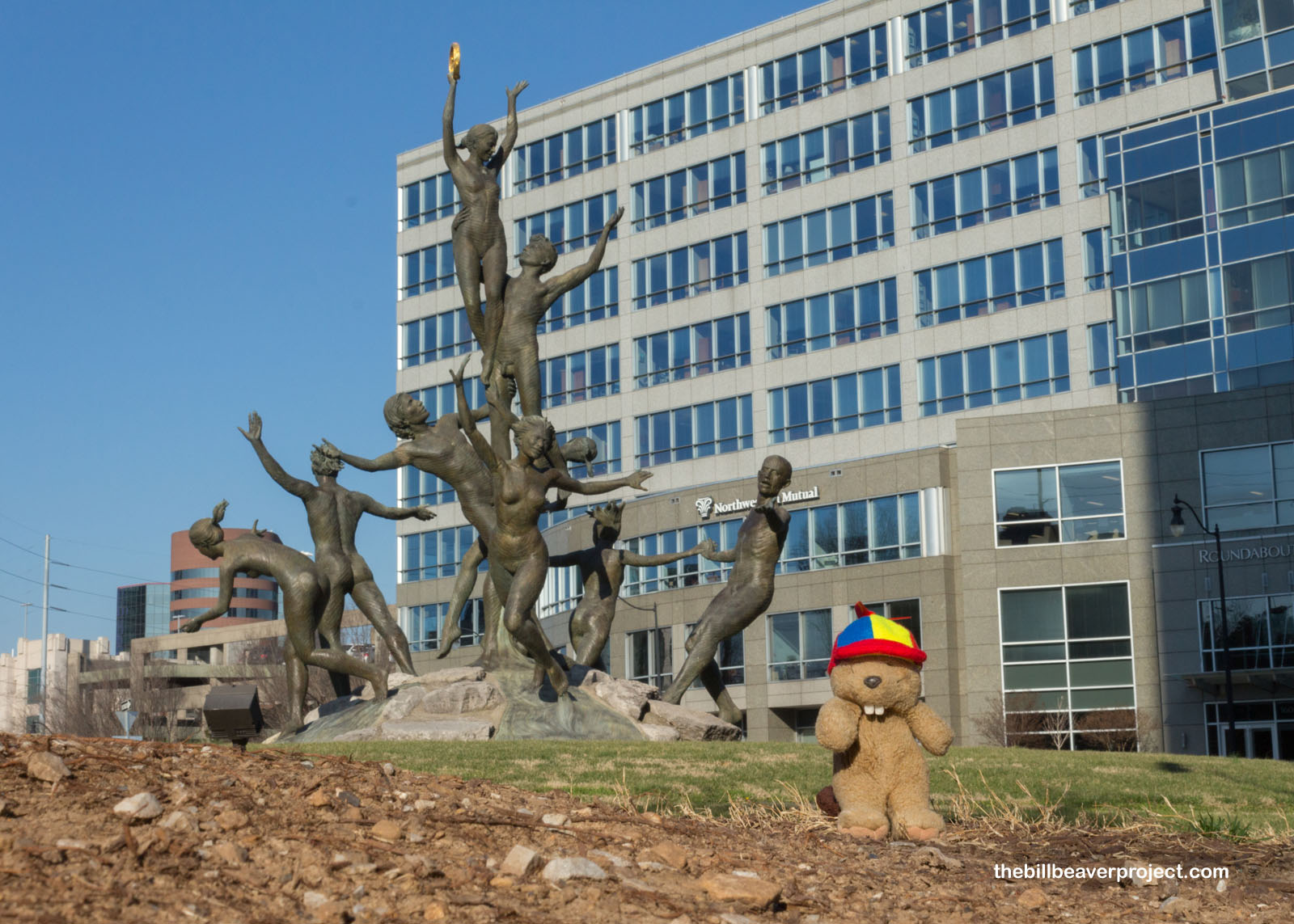 |
It’s all thanks to this fellow, Owen Bradley, who started recording near here out of a half-cylinder, steel Quonset hut in 1955 and opened up his Quonset Hut Studio! There, he produced for such famous singers as Patsy Cline, Loretta Lynne, and Buddy Holly! His success would go on to inspire loads of other producers and record labels to set down roots in Nashville!
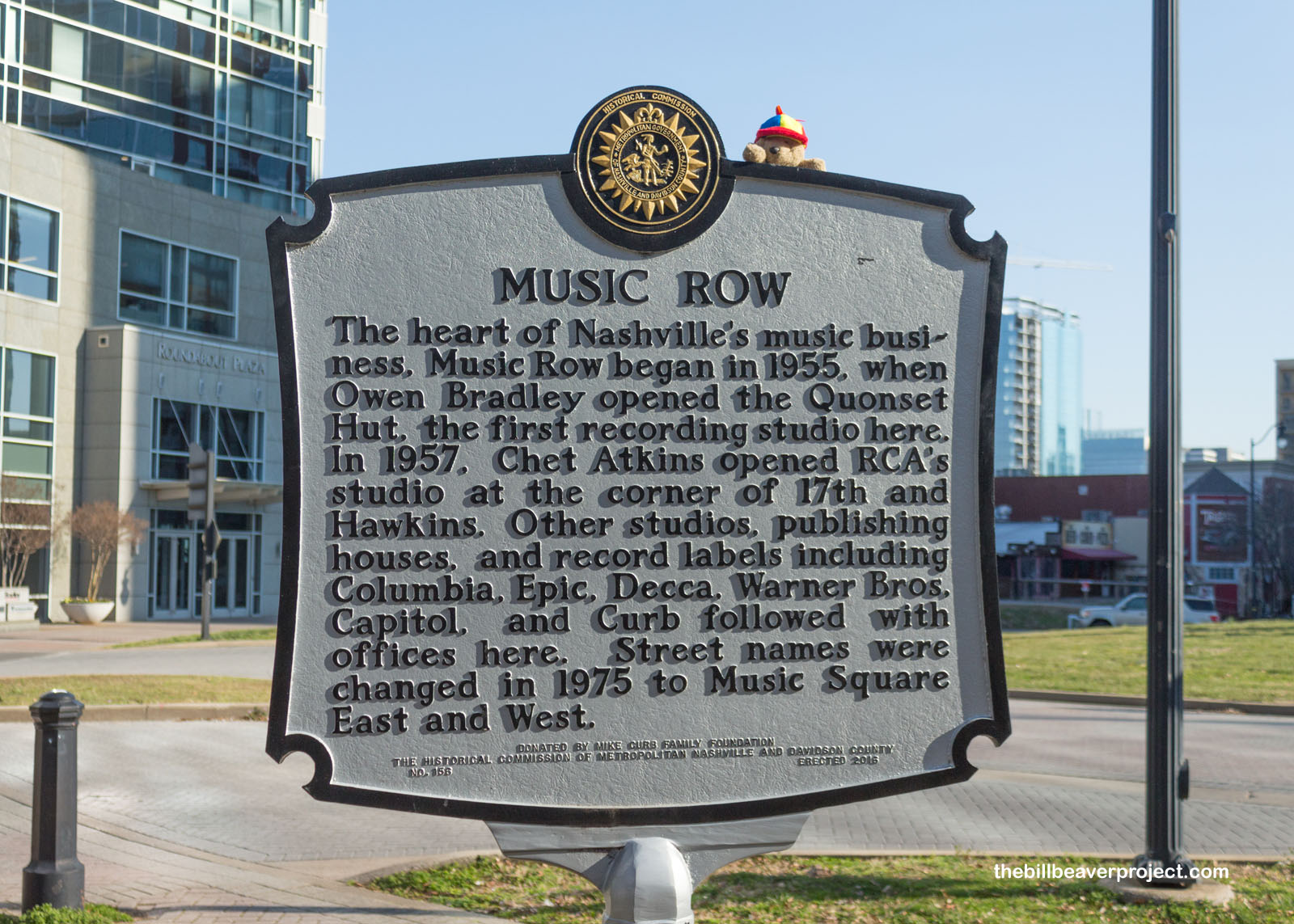 |
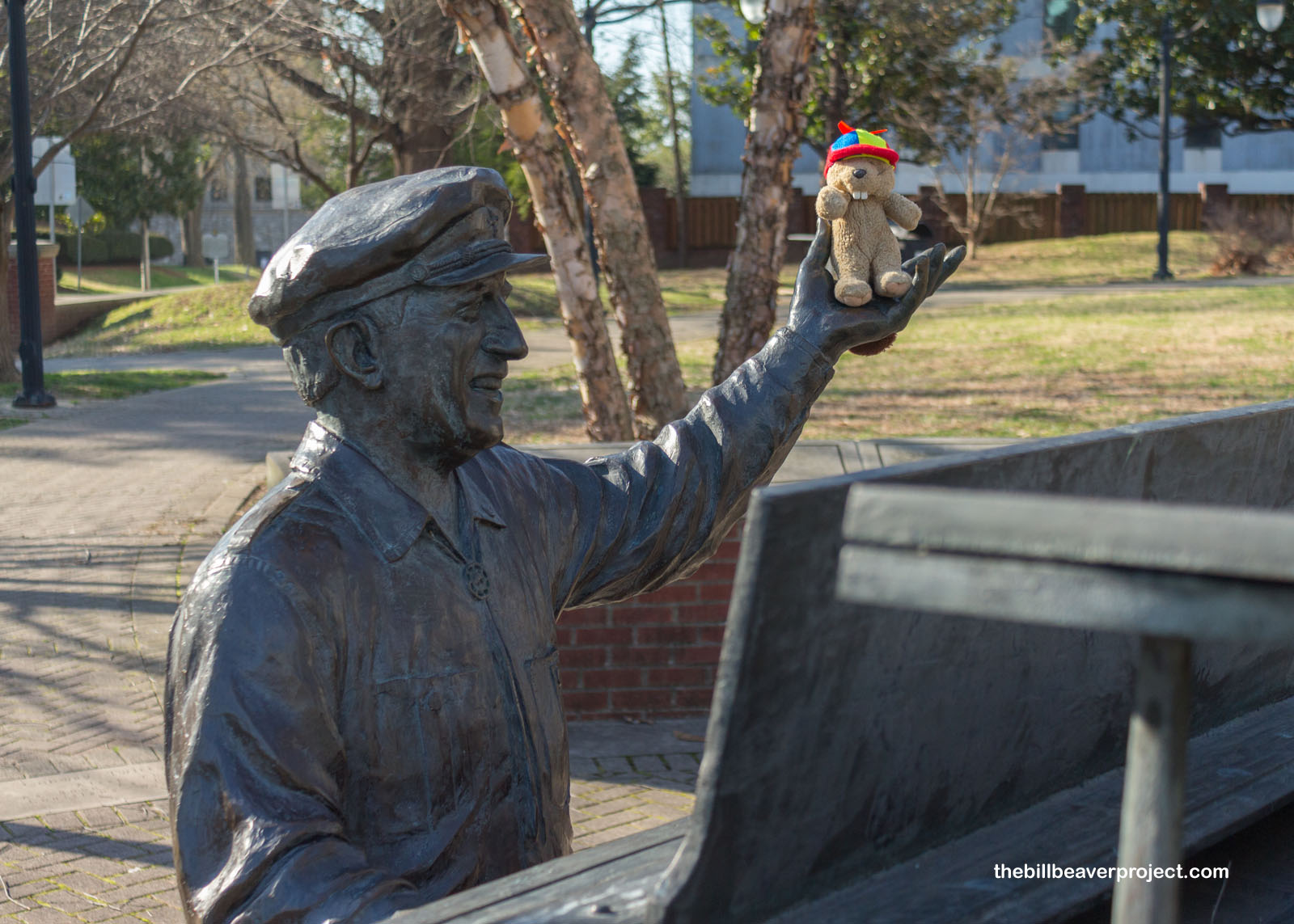 |
There was the RCA Victor Studio, opened by Chet Atkins in 1957! In its 23 years of operation, Studio B here turned out hits upon hits. Elvis Presley’s Heartbreak Hotel, plus 200 more of his songs, originated right here! David Bowie, Johnnie Mathis, Roy Orbison, and Willie Nelson are just a few of the other names attached to this studio. Budding artist, Dolly Parton, also crashed her car through the studio wall while racing to her first recording session in 1967!
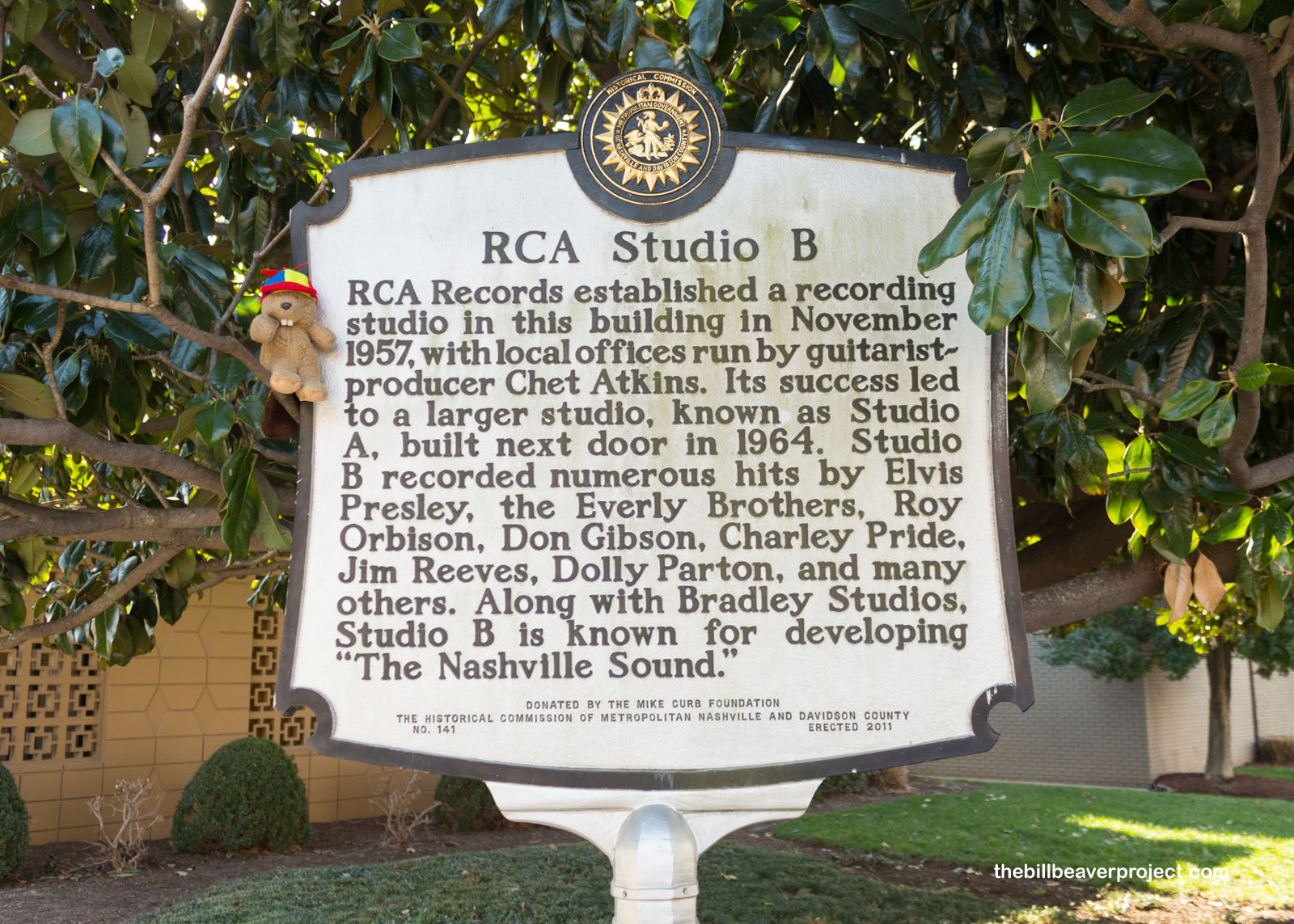 |
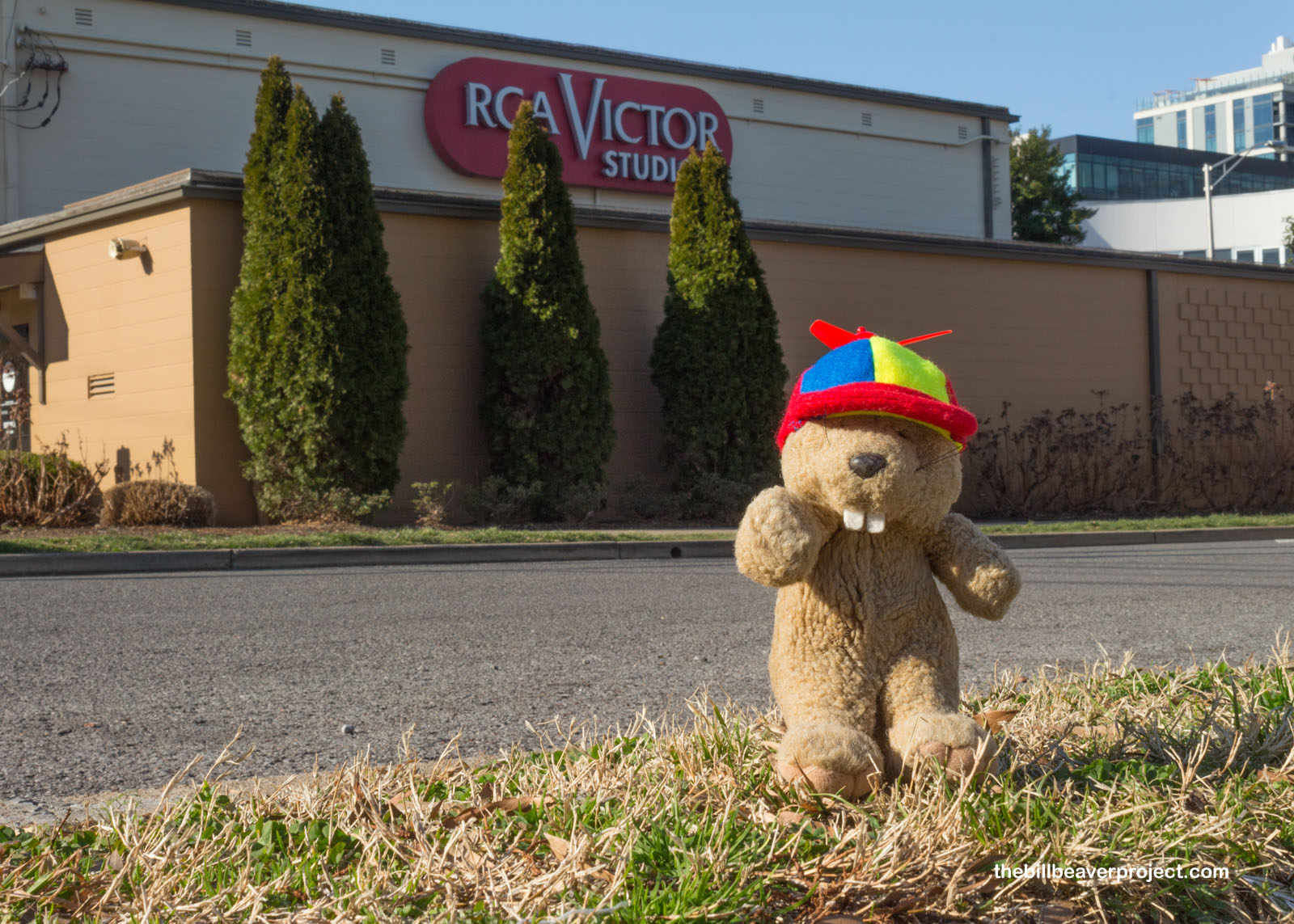 |
Broadcast Music, Inc. also found a place in the Nashville scene! Originally from New York, this licensing company was one of the first to license “hillbilly music” (now country) and “race music” (now R&B), whose artists had been overlooked for years! Their Nashville office opened in 1958, managed by Frances W. Preston, Tennessee’s first female corporate executive! They licensed the likes of Sam Cooke, Miles Davis, and Ray Charles!
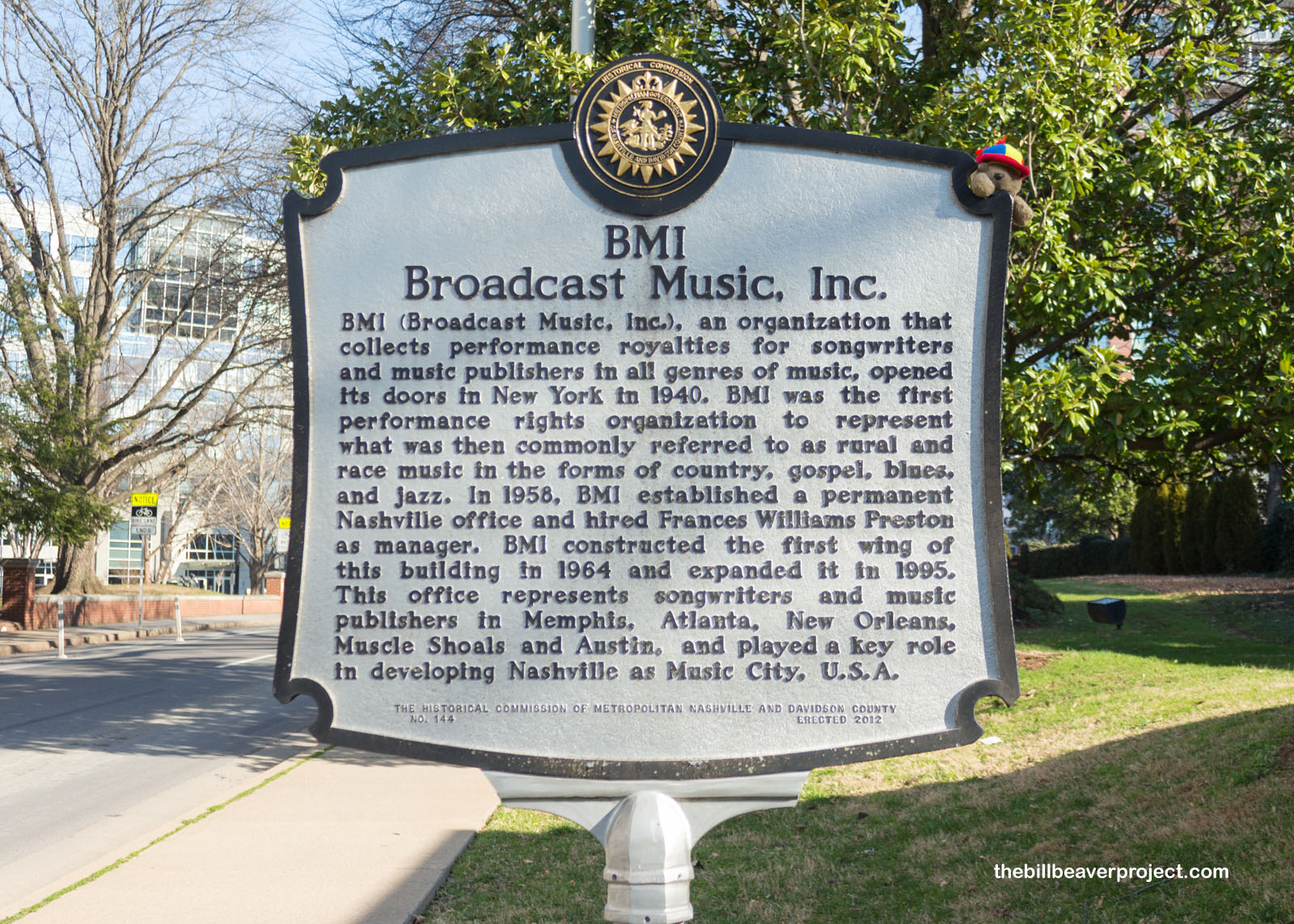 |
From the outskirts, it was time to move into the heart of the Music City, starting with one of Nashville’s famed venues: the Ryman Auditorium! This place got its start when riverboat captain, Thomas Ryman, overhead the tent revival of Sam Jones and decided then and there to build a tabernacle, rather than a tent, where Mr. Jones could preach! But music was a part of this tabernacle from its inception. The May Music Festival with the Theodore Thomas Orchestra, played here on May 4, 1892, and since then, the Ryman has hosted hundreds of sermons, lectures, and concerts! One notable concert on December 8, 1945 featured Bill Monroe’s Blue Grass Boys, whose instrument setup introduced the Bluegrass style of music!
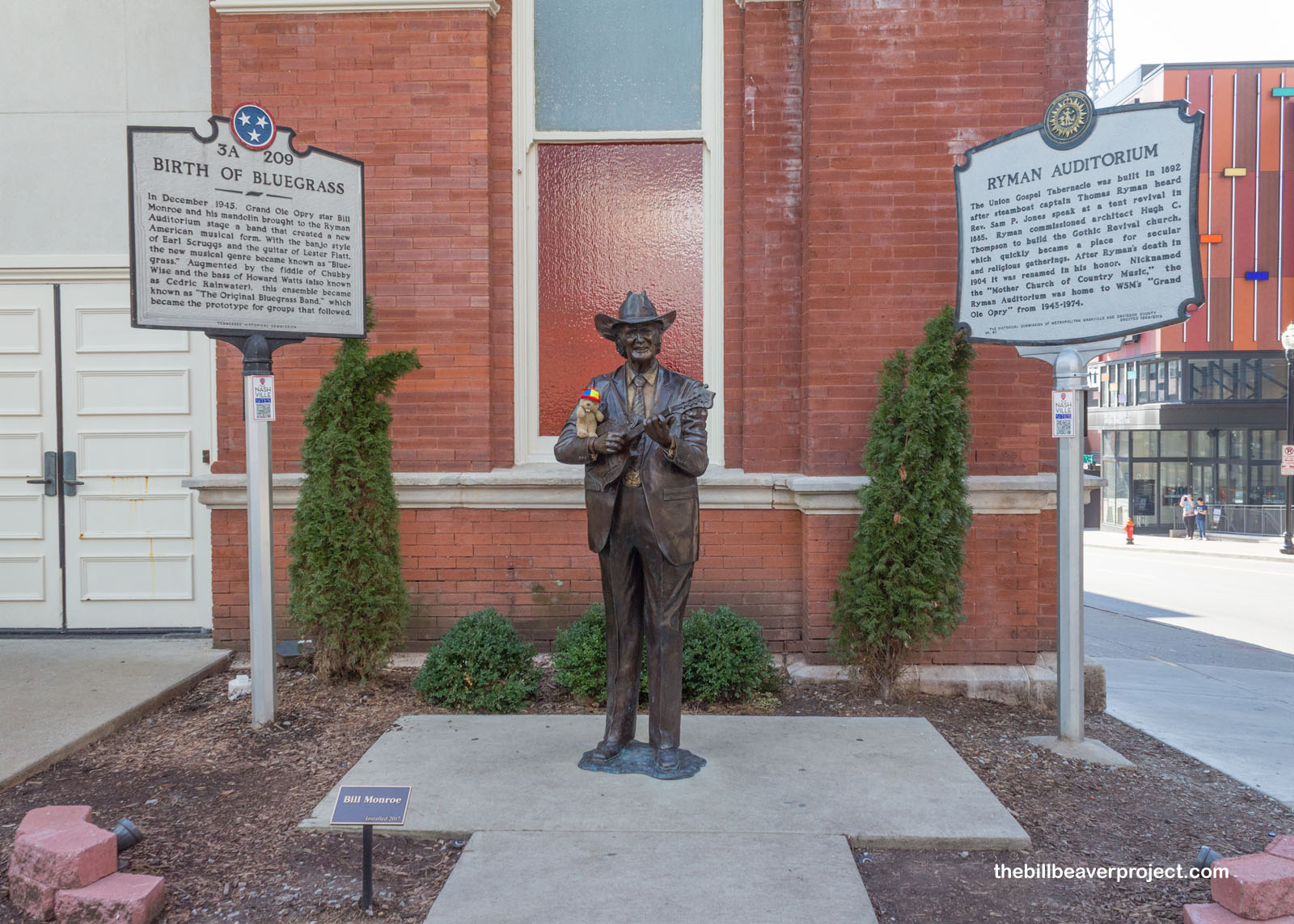 |
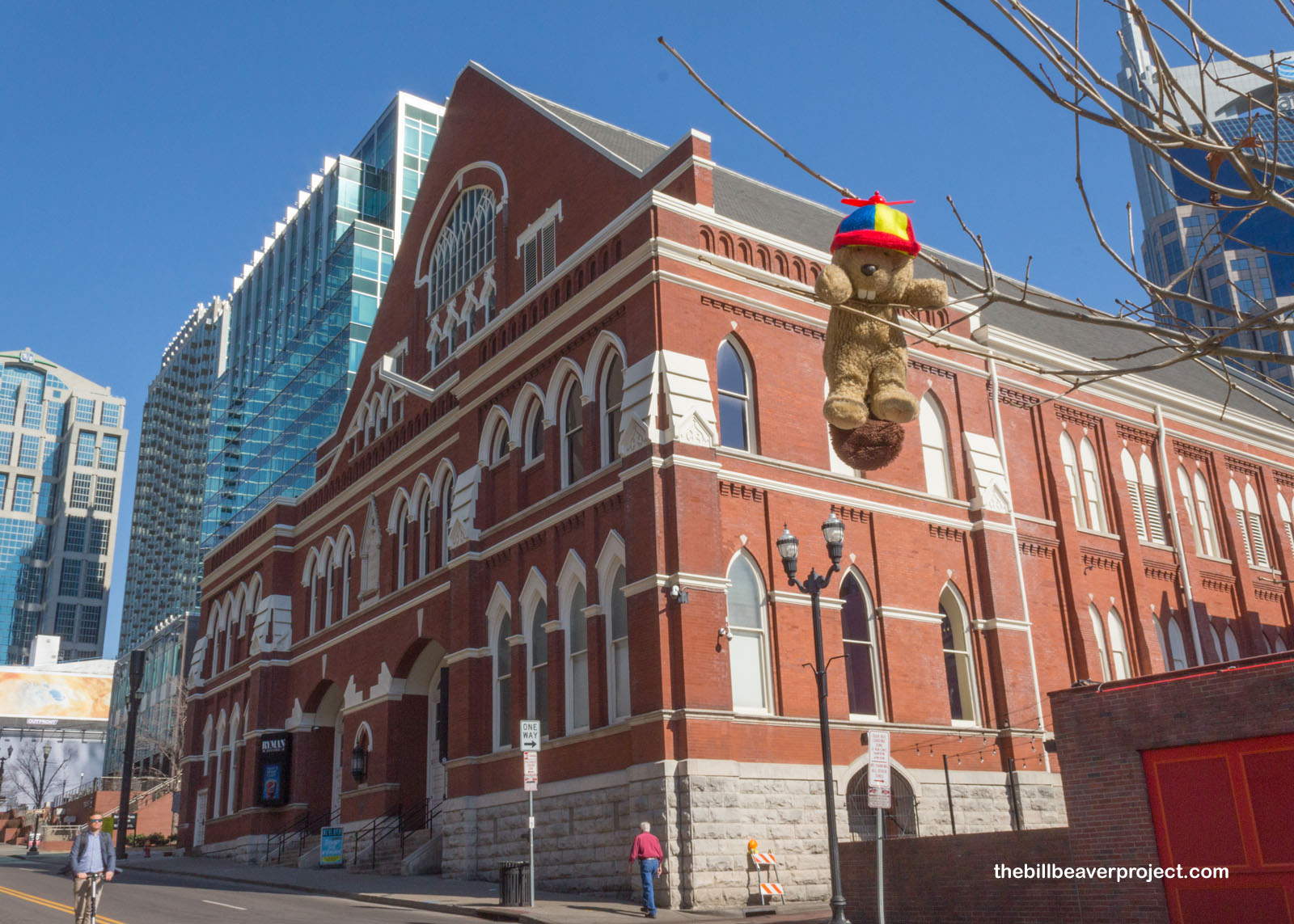 |
Barely a block south of Ryman Auditorium, I crossed Nashville’s Honky-Tonk Highway! If you haven’t heard of a honky-tonk before, it’s defined as a “cheap, noisy, and garish nightclub or dance hall.” It’s to country music what Bourbon Street in New Orleans is for jazz, a wall-to-wall row of music bars that launched the careers of such folks as Willie Nelson, Kris Kristofferson, and Gretchen Wilson! Being early in the morning, there wasn’t any music playing just yet, but early bird music lovers were already scoping out the scene. Since the US isn’t completely out of the woods with the coronavirus, I decided to keep it safe and not wait for the honky-tonks to open for the day.
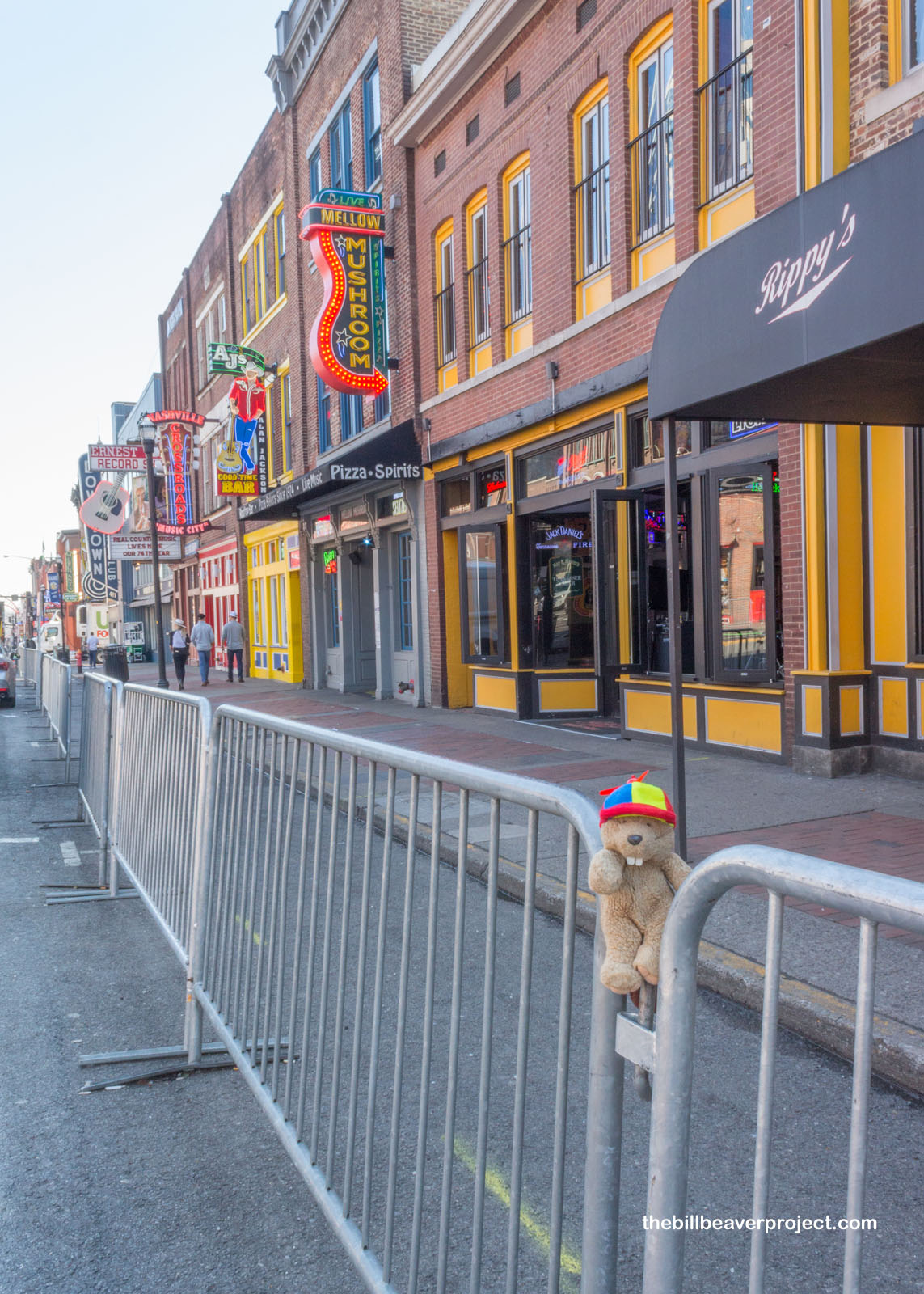 |
Instead, I strolled a little further to the Music City Walk of Fame! Like the Hollywood Walk of Fame, this park uses stars to celebrate the biggest names in Nashville’s music scene! Unlike Hollywood’s, this Walk of Fame has only been around since 2006! New names had been added to the park twice a year since then, but because of the COVID-19 pandemic, when I visited, there hadn’t been new names here since 2019!
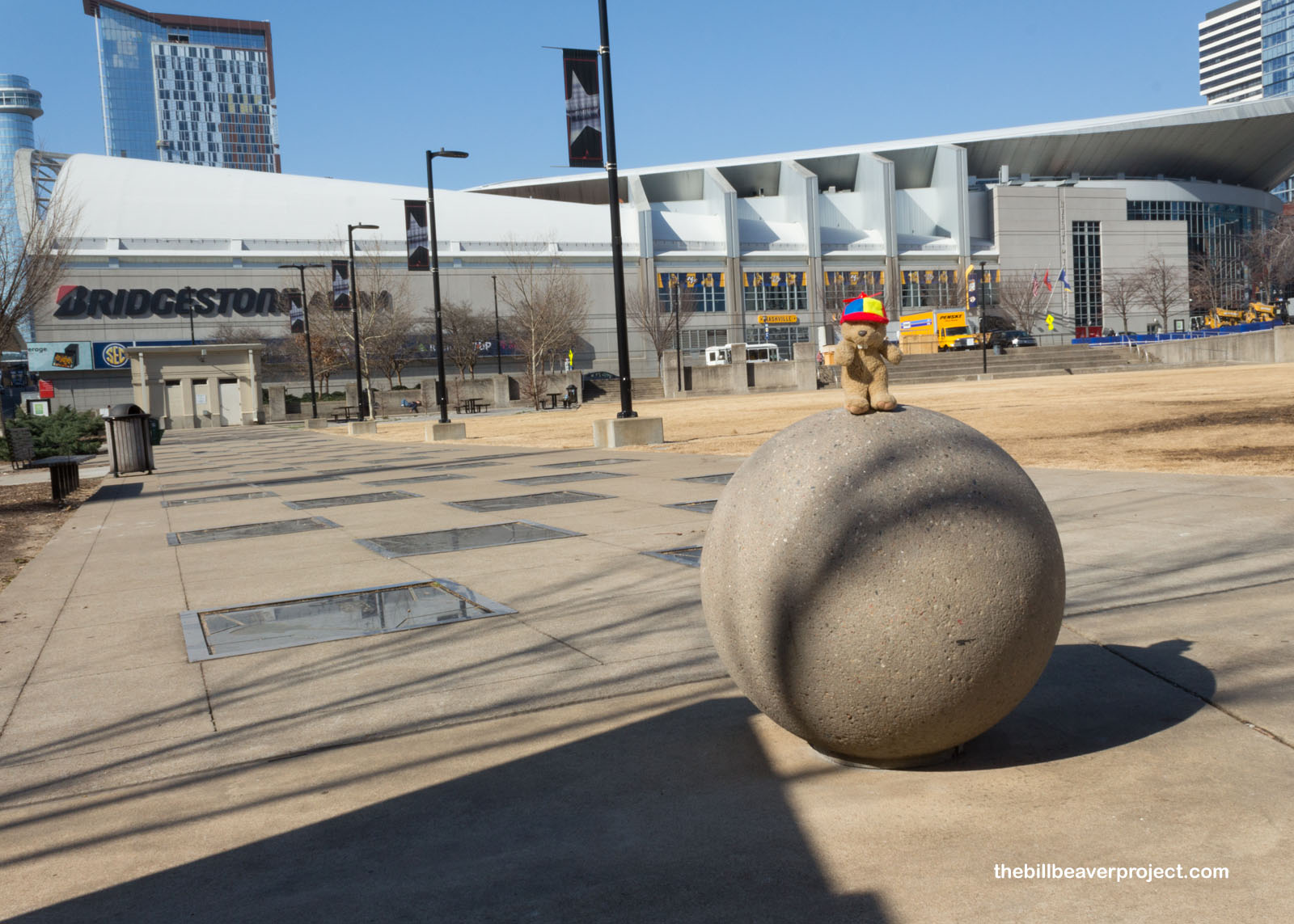 |
Some famous names here include Reba McEntire (2006), Jimmy Hendrix (2007), Peter Frampton (2011), Garth Brooks (2015), and our historic friends from earlier, Tom Ryman (2017) and Chet Atkins (2019)!
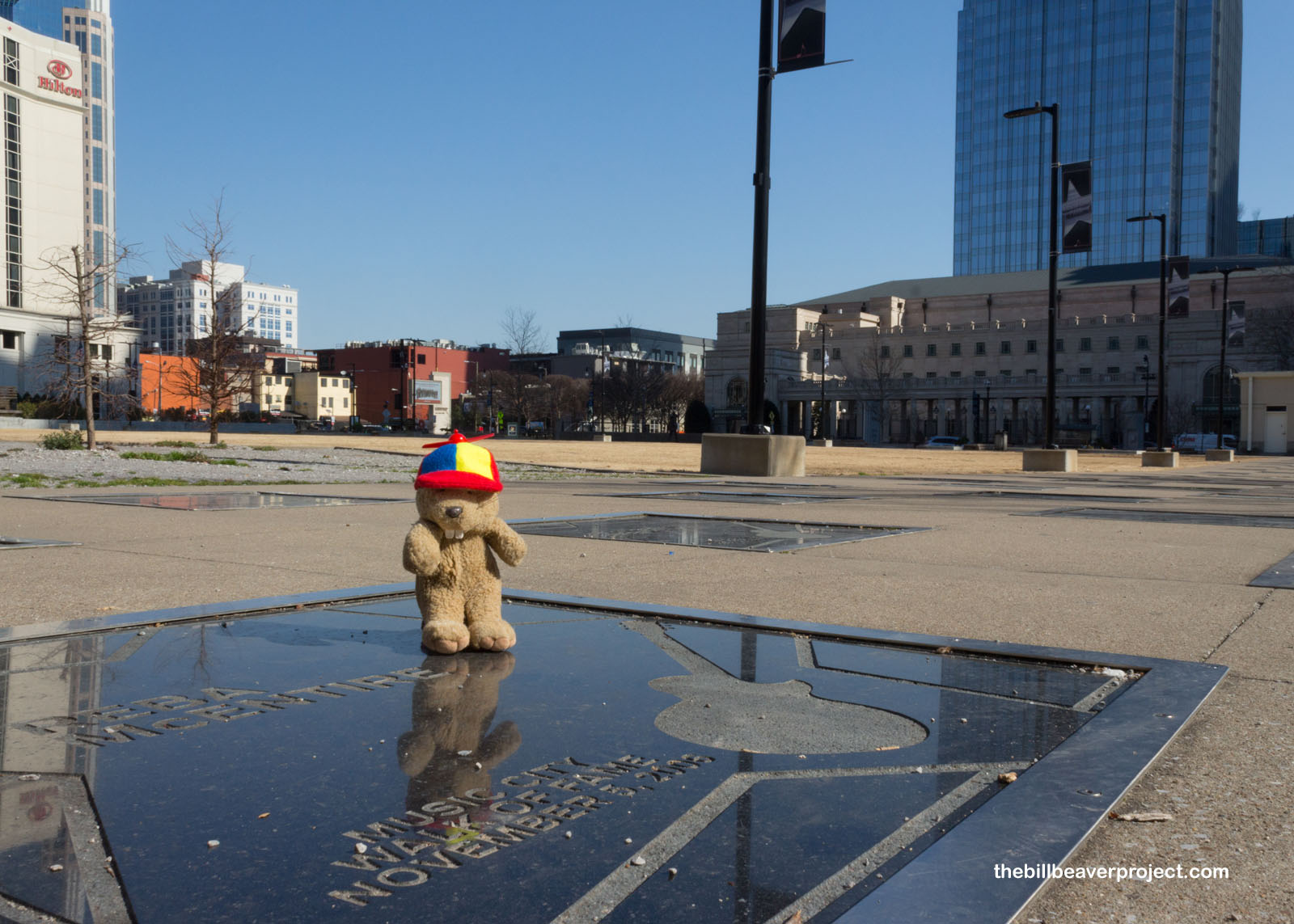 |
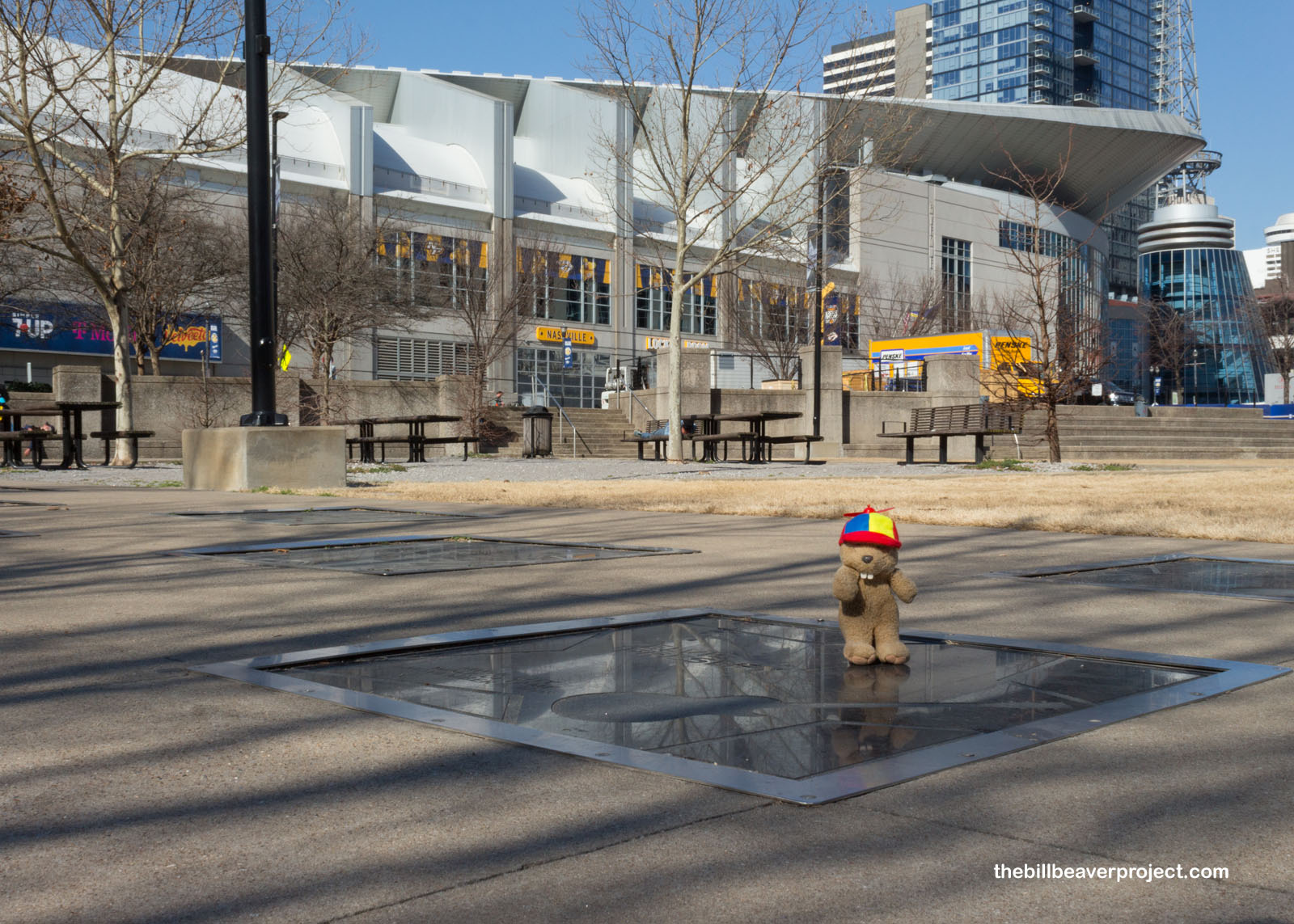 |
Particularly beloved in Nashville was Johnny Cash, who staged his television show for three years at the Ryman Auditorium and helped launch the careers of many other artists from that stage! Here in Nashville, he went into drug therapy, rediscovered his faith, and made it his final resting place in 2003! There’s a museum about the “Man in Black” here in Nashville, but it was not open yet on my morning stroll.
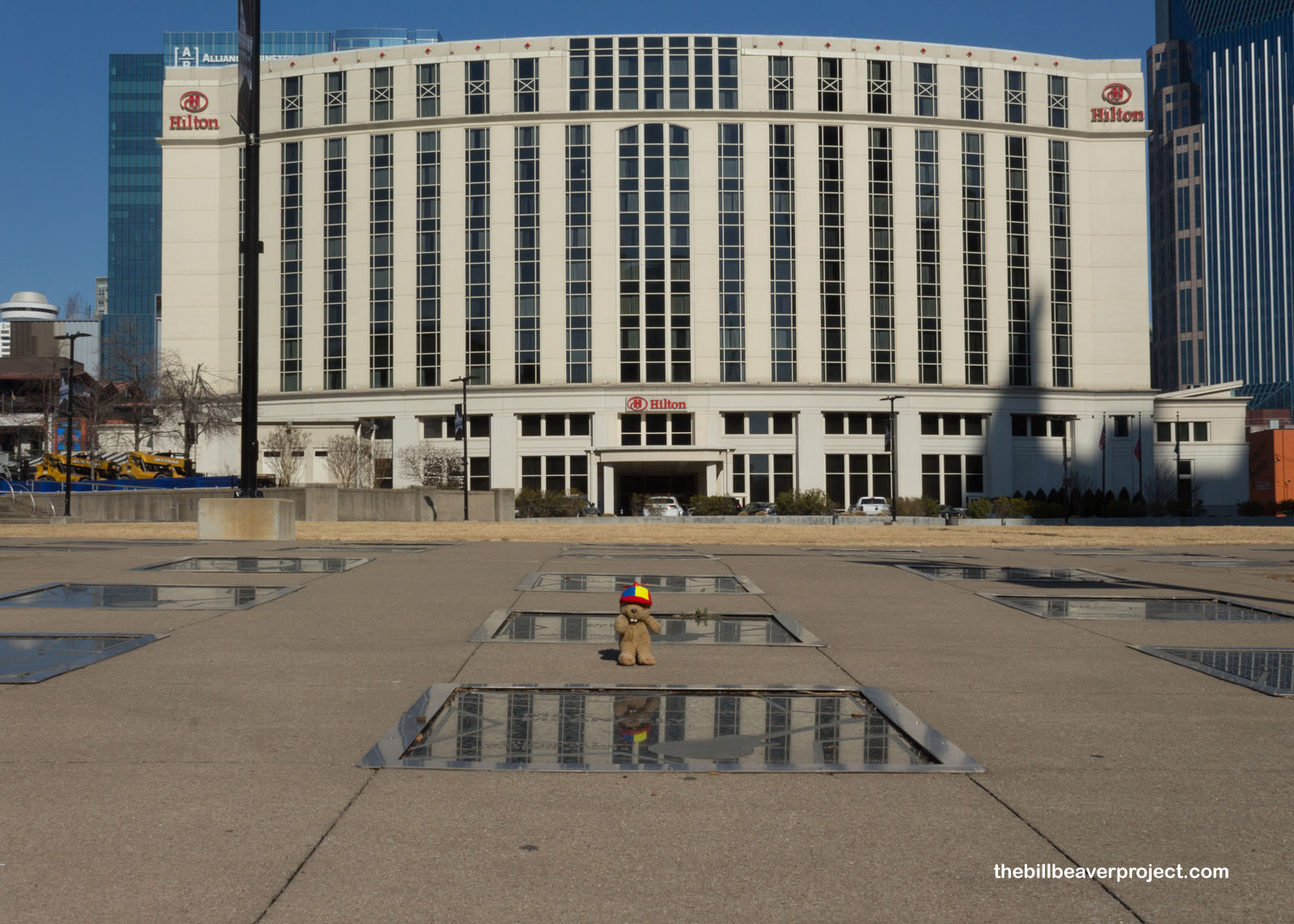 |
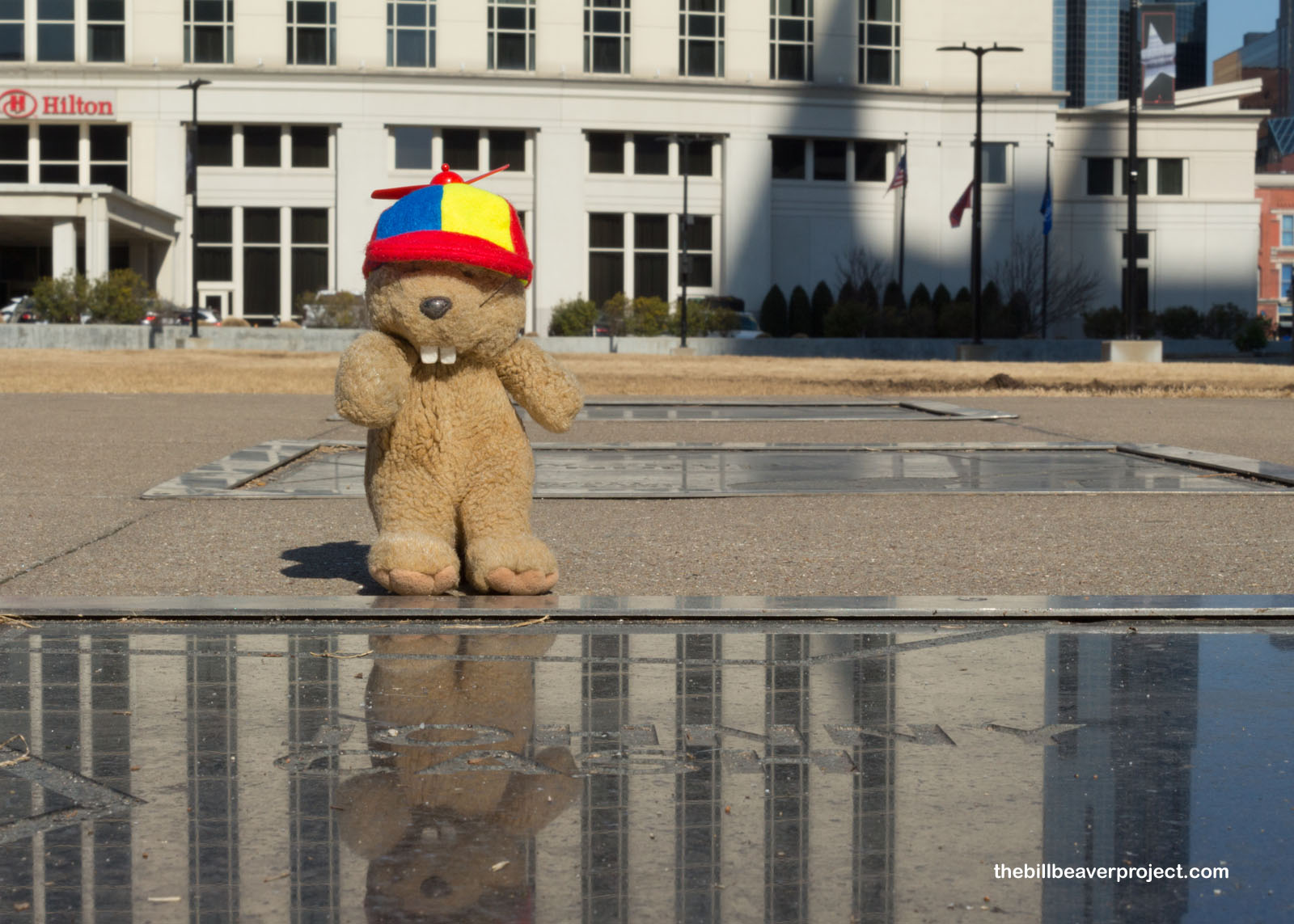 |
Before I left the birthplace of Bluegrass for the state of Bluegrass, I had to pay a visit to Nashville’s most famous music venue: the Grand Ole Opry House! Built in 1974, this barn-themed stage began as a weekly radio program called “The WSM Barn Dance” on November 28, 1925, making it America’s longest continuous radio broadcast! As it expanded to the national stage, this program was key to making Nashville the Music City it is today! Moving to the Ryman Auditorium in 1943, then this new building in 1974, the Opry has carried its traditions (and a 6-foot circle of Ryman hardwood) with it! In truth, the Grand Ole Opry House is the place where Nashville’s music history meets Nashville’s music future!
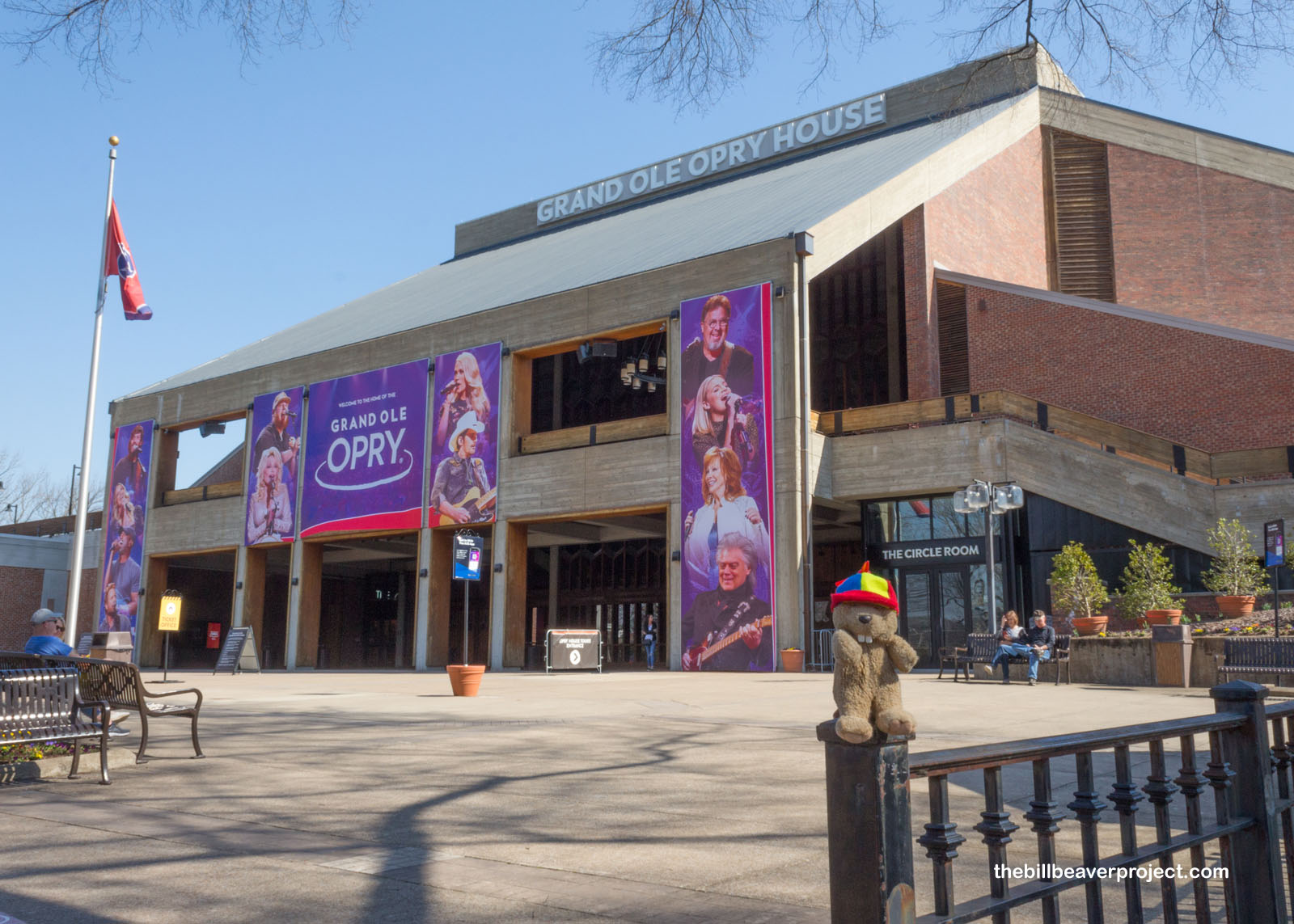 |
With my toes tapping, it was time for me to move on to my next destination. I’m going to see all the remaining national parks of Kentucky this weekend, and I had at least one to visit before sunset. I’ll see you there in the next blog!
Taking a bow!

 Previous Day |
Total Ground Covered: 515.8 mi (830.1 km) |
 A Bit Later |
